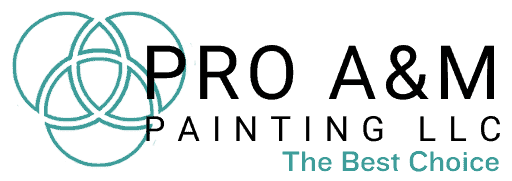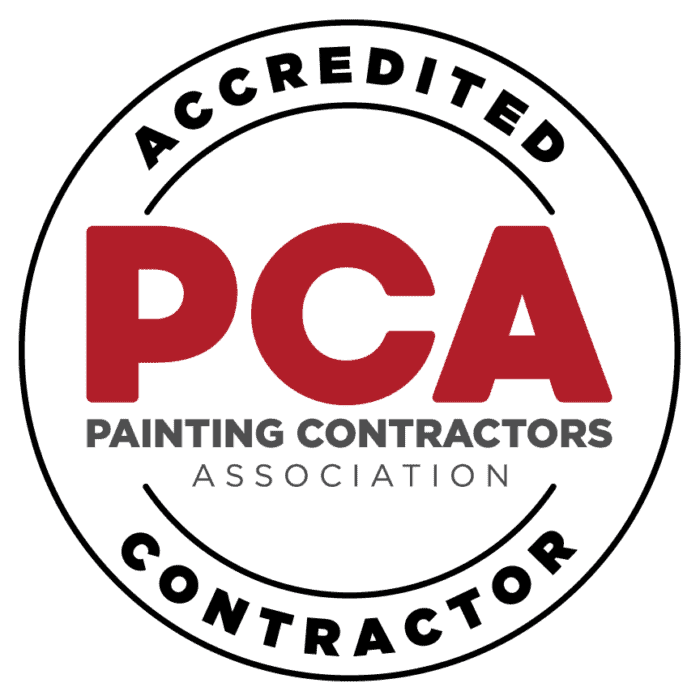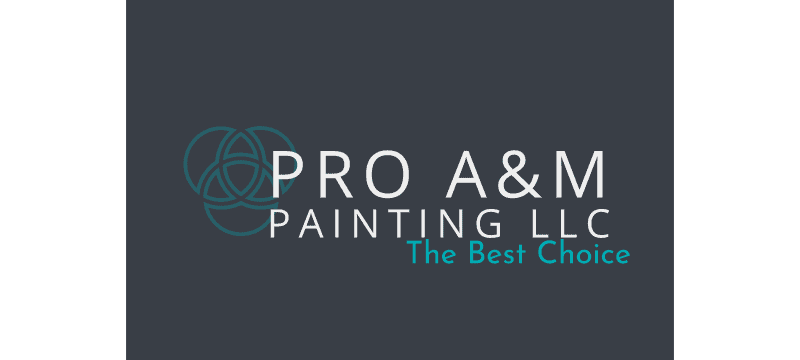As professional painters, we understand the importance of not only delivering high-quality painting services but also ensuring the safety of our clients and our team. One aspect of painting that requires particular attention is the presence of paint fumes. While paint can transform your living or working space, it’s crucial to be aware of the potential risks associated with inhaling paint fumes.
In this blog post, we will discuss essential safety tips against dangerous paint fumes, so you can enjoy a beautifully painted environment without compromising your well-being.
What are Paint Fumes?
Before we delve into the safety precautions, let’s take a moment to understand what paint fumes are and why they can be harmful. Paint fumes are the volatile organic compounds (VOCs) released into the air as paint dries. These VOCs can consist of various chemicals, such as benzene, formaldehyde, and toluene, which can have adverse health effects when inhaled in high concentrations.
Ready for a Transformation?
Safety Precautions against Paint Fumes
Ventilation is Key
Ensure proper ventilation in the area you are painting. Open windows and doors to allow fresh air to circulate, which helps in dissipating the fumes. If possible, use fans to further enhance air circulation. By promoting adequate ventilation, you can significantly reduce the concentration of paint fumes in the room.
Personal Protective Equipment (PPE)
When working with paint, it’s essential to protect yourself with the appropriate personal protective equipment. Consider the following items to minimize direct contact with paint fumes and prevent skin or eye irritation:
- Respirator or Mask: Wear a properly fitted respirator or mask specifically designed for protection against paint fumes. Look for masks labeled N95 or N100, as they are effective in filtering out harmful particles.
- Safety Goggles: Shield your eyes from potential splashes or fumes by wearing safety goggles.
- Gloves: Protect your hands from direct contact with paint and chemicals by wearing gloves. Opt for gloves made of nitrile or latex for optimal protection.
Choose Low VOC Paints
To minimize exposure to toxic fumes, opt for paints with low VOC content. Low VOC paints contain significantly fewer harmful chemicals, reducing the risk to both your health and the environment. Look for paints labeled as “low VOC” or “zero VOC” when selecting paint for your project. These eco-friendly options can help create a safer painting experience.
Time Your Painting Project Wisely
Consider the timing of your painting project to ensure minimal exposure to paint fumes. If possible, plan your painting projects during seasons when you can keep windows open for ventilation. Additionally, schedule your painting projects when you can spend time away from the freshly painted area to allow the fumes to dissipate. This way, you can return to a well-ventilated space, minimizing any potential health risks.
Additional Safety Tips
In addition to the previous tips, here are a few extra precautions to keep in mind:
- Cover Your Skin: Wear long-sleeved shirts and long pants to protect your skin from paint splatters or accidental contact with toxic chemicals.
- Avoid Eating or Drinking: Refrain from consuming food or beverages in the painting area to prevent accidental ingestion of paint particles.
- Clean Tools and Equipment: Properly clean your painting tools and equipment after each use to prevent the accumulation of residual paint fumes.
- Store Paint Properly: Ensure that paint containers are tightly sealed and stored in a cool, dry place. This prevents the release of unnecessary fumes and extends the paint’s shelf life.
By following these safety tips and precautions, you can enjoy the benefits of freshly painted surroundings while prioritizing your health and well-being.




